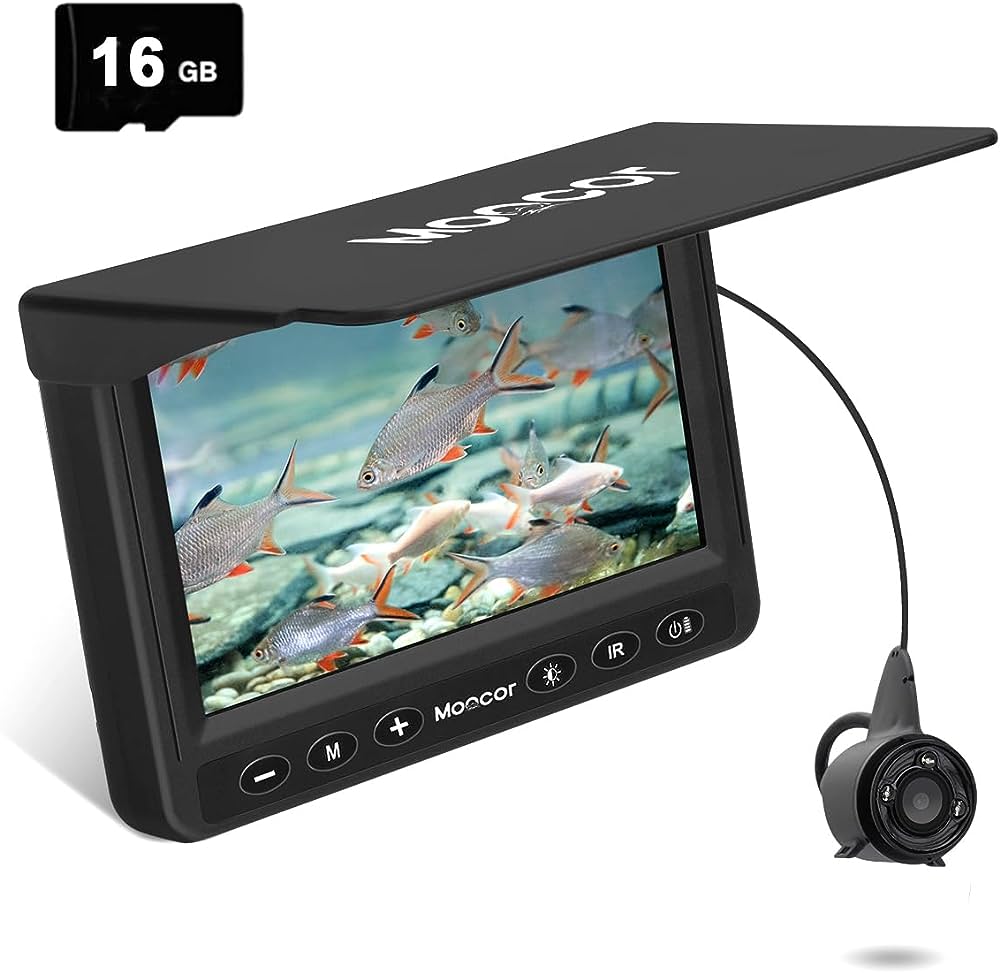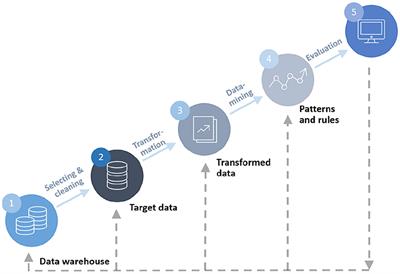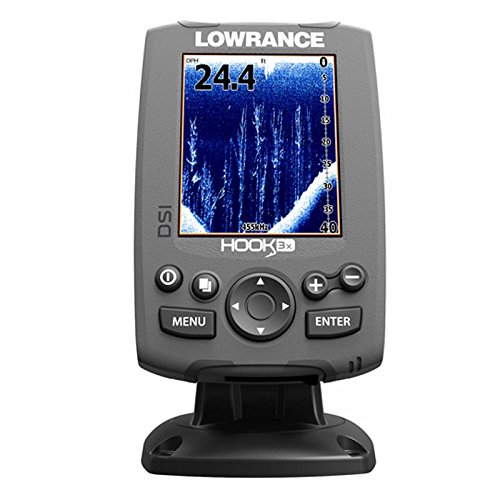The fish finder screen size chart provides accurate information and helps with selecting the right screen size for your fish finder. When choosing a fish finder, the screen size is an important consideration as it affects the visibility of the displayed information.
A larger screen allows for easier viewing, especially in bright sunlight or low light conditions. On the other hand, a smaller screen may be more suitable for compact boats or limited mounting space. By referring to the fish finder screen size chart, you can determine which screen size would be ideal for your fishing needs.
This chart provides a comparison of different screen sizes and their corresponding dimensions, making it easier to make an informed decision. Whether you are a professional angler or a casual fisherman, having the right screen size on your fish finder can greatly enhance your fishing experience.
Benefits Of A Fish Finder Display
A fish finder display offers numerous benefits, improving your fishing experience on the water. With better visibility and clarity, you can easily observe underwater structures and fish movement. This enhanced target identification and fish tracking feature allows you to locate and catch fish more effectively.
Additionally, the display provides easier navigation by showing detailed maps and allowing for waypoint marking. These features make it simpler to navigate your fishing spots and find your way back to specific locations. Ultimately, a fish finder screen with an appropriate size can greatly enhance your fishing experience, increasing your chances of success on the water.
So, consider the benefits of a fish finder display when choosing the right one for your fishing needs

Credit: bestboatingtips.com
Factors To Consider For Choosing The Right Screen Size
Choosing the right screen size for your fish finder is essential for optimal performance. When selecting a screen size, consider factors such as resolution and pixel density. Understanding these specifications will ensure a clear and detailed image display. Another crucial aspect to consider is viewing angle and sunlight readability.
A screen with a wide viewing angle and anti-glare features will enable you to see the display clearly in any lighting condition. Additionally, take into account mounting options and space limitations. Ensure that the screen size you choose fits well in your boat or kayak and can be easily mounted.
By considering these factors, you can find the perfect screen size that enhances your fishing experience.
Comparing Popular Fish Finder Screen Sizes
Comparing popular fish finder screen sizes can help you make an informed decision. Let’s delve into the pros and cons of different screen sizes. Starting with 4-inch displays, they offer portability and affordability, but may compromise on visibility. Moving on to 7-inch displays, they strike a balance between size and clarity, making them a popular choice among users.
Finally, 9-inch displays provide excellent visibility and detailed imaging; however, they can be bulkier and pricier. Considering your preferences and requirements, you can weigh these pros and cons to choose the ideal screen size for your fishing needs. Whether you prioritize portability, affordability, or detailed imaging, the right size will enhance your fishing experience.
Choosing The Ideal Screen Size For Your Fishing Adventure
When it comes to choosing the ideal screen size for your fishing adventure, it’s important to identify your needs and preferences. Assess the size of your boat and available mounting space to determine the right screen size. Consider your budget and any additional features you may want.
Expert recommendations vary depending on different fishing scenarios. Keep in mind that the screen size should provide clear visibility without obstructing your view. By selecting the right screen size, you can enhance your fishing experience and make the most of your fish finder technology.
Happy fishing!
Frequently Asked Questions Of Fish Finder Screen Size Chart
How Do I Choose The Right Screen Size For My Fish Finder?
When choosing a fish finder screen size, consider the portability of your setup, visibility in different lighting conditions, and your personal preferences. Larger screens are easier to read but may be less portable, while smaller screens may strain your eyes.
Consider your fishing environment and viewing comfort to make a practical choice.
What Is The Ideal Fish Finder Screen Size For Kayak Fishing?
For kayak fishing, a fish finder screen size between 5 and 7 inches is ideal. This size strikes a balance between portability and readability. Smaller screens may be too cramped, while larger screens may be difficult to mount on a kayak.
Consider the space available on your kayak and choose a screen size that fits your needs.
Can I Adjust The Screen Size On My Fish Finder?
Yes, most fish finders offer adjustable screen sizes. Check your fish finder’s user manual to find the screen size adjustment settings. This allows you to customize the size to your preference, ensuring optimal visibility while fishing. Experiment with different sizes to find what works best for you in different fishing conditions.
Is A Larger Fish Finder Screen Always Better?
While larger fish finder screens offer improved readability, they are not always better for everyone. Larger screens can be difficult to mount and may not be suitable for small boats or kayaks. Consider your fishing setup, visibility needs, and portability before deciding on a screen size.
Ultimately, choose a size that enhances your fishing experience.
Conclusion
From the fish finder screen size chart, it is clear that the size of the screen plays a crucial role in the overall fishing experience. With a larger screen, anglers can enjoy a clearer and more detailed view of what lies beneath the water’s surface.
This enables them to identify different fish species, understand their behavior, and locate the best fishing spots. Additionally, a larger screen allows for easier navigation through the different menus and settings of the fish finder device. It also enhances the visibility of charts, maps, and other important information.
On the other hand, smaller screens may offer better portability and convenience. However, they may sacrifice some clarity and detail. Ultimately, the choice of screen size will depend on individual preferences and fishing needs. It is recommended to consider factors such as the intended fishing environment and personal comfort when selecting the right fish finder screen size.





